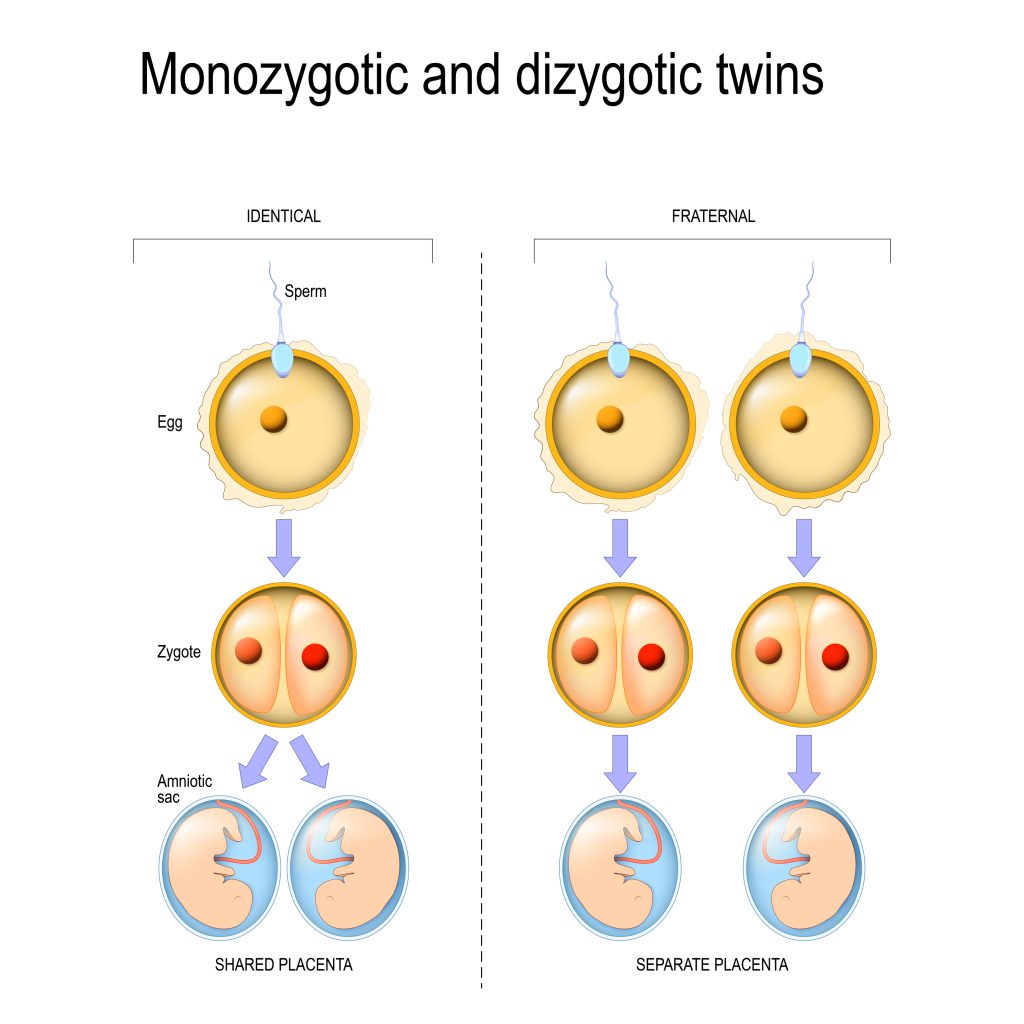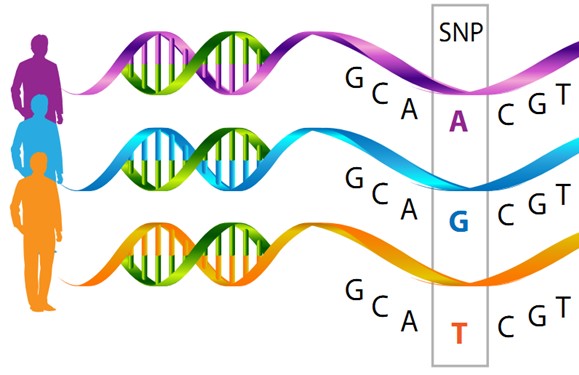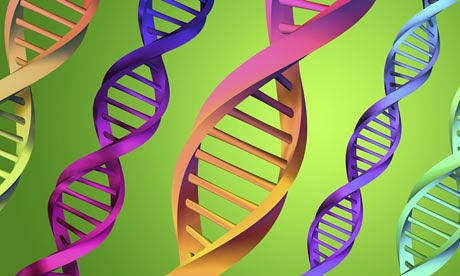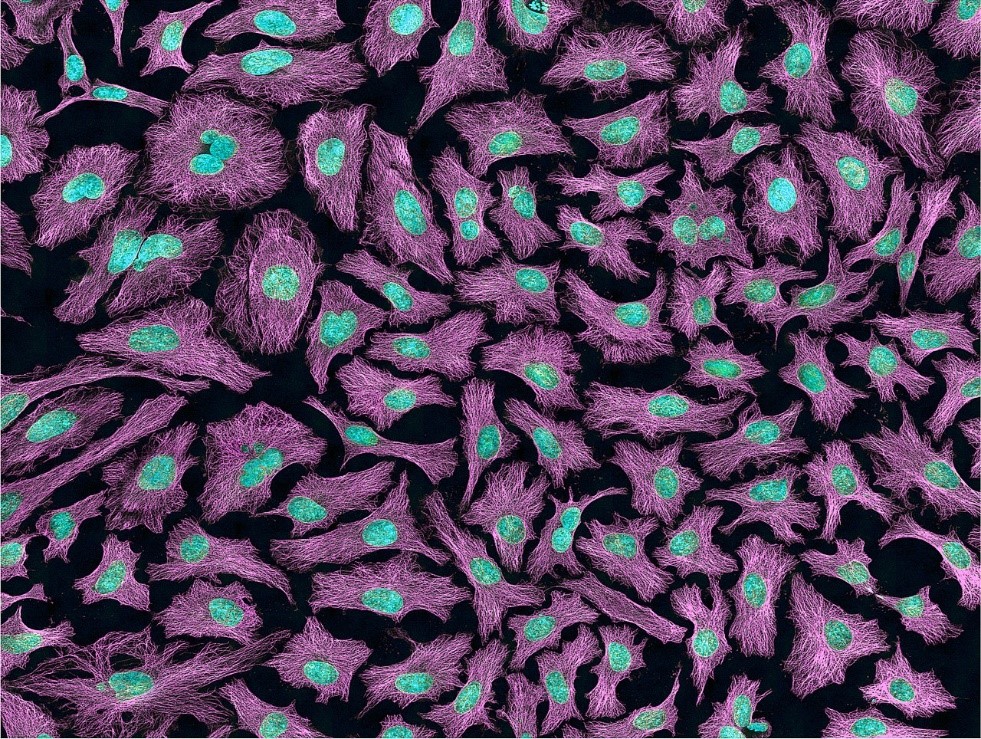
We realised that despite having run our blog for over 5 years, and many of us using twin data, we had not yet written a brief overview of the twin method. Here Prof Thalia Eley provides a summary of the main principles underlying the approach. …

We realised that despite having run our blog for over 5 years, and many of us using twin data, we had not yet written a brief overview of the twin method. Here Prof Thalia Eley provides a summary of the main principles underlying the approach. …

Nearly all human traits, such as height, weight, and intelligence, and common disorders like major depressive and anxiety disorders are polygenic. This means that variation in more than one gene (usually many genes) contributes to total genetic predisposition for a specific trait or disorder. Chris outlines how Polygenic Risk Scores…

This week in our A-Z post for ‘K’, Tom McAdams [EDIT Lab Associate Director] outlines Kinship, a core concept in the field of behavioural genetics.

Depression is a leading cause of disability worldwide, contributing considerably to early mortality. Despite significant efforts, the genetics underlying depression has been difficult to identify and there has been limited progress in developing new treatments. Last month the largest genome-wide association study of depression was published in Nature Genetics (1)….

Heritability is the proportion of variation in a given population that is due to genetic differences. If a trait is highly heritable, it is more likely to be shared between individuals of close genetic relatedness, regardless of whether they share the same environment. This concept can be difficult to wrap…

The scientific process is being used to help researchers reflect on the work being conducted in different fields of science (an approach known as ‘meta-science’). Today, Tom McAdams discusses how meta-science is changing the way scientists understand and approach their work.

Decades of twin studies have shown that childhood behaviour problems including anxiety, depression, conduct and hyperactivity are substantially heritable. However, our recent research found that individual differences in behaviour problems are not significantly influenced by the common DNA differences that we directly measure. This finding held across diverse domains of…

Replication is the lifeblood of science – but how do you replicate when your cohort is the biggest available? EDiT Lab Associate Member and genomics crank-turner postdoc extraordinaire Joni gives three ways how.

“The Immortal Life of Henrietta Lacks” by Rebecca Skloot tells the story of the woman behind the first immortal human cell-line and that of her family. This book also highlights the research discoveries and important ethical issues ignited by the HeLa cells.

An ever-expanding methodological toolbox is one of the privileges of 21st century science. For most of us, the pace of Moore’s law-driven technological advancement is now so familiar as to be almost taken for granted. However, the mere availability of technologically-advanced new methods is not a guaranteed solution to any…
Recent Comments